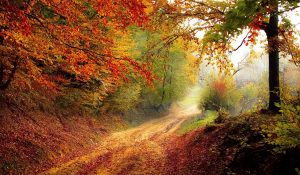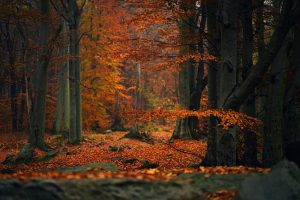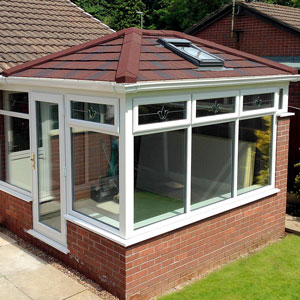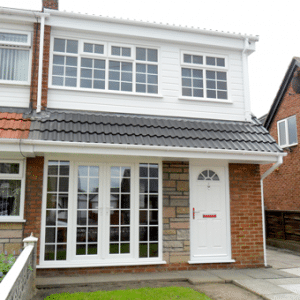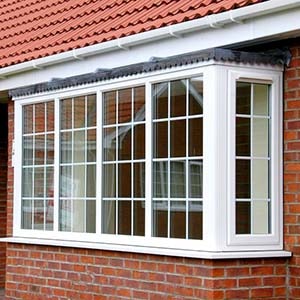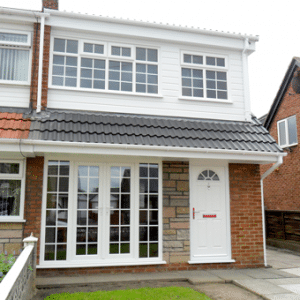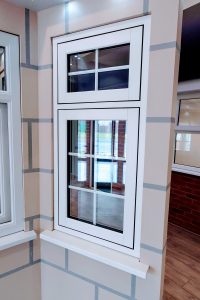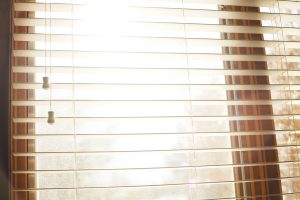An orangery is a brick extension of the home with large glass windows and often a flat roof with a glass lantern.
Moreover, an orangery is similar to a conservatory but is a lot bigger in size. As the walls are brick, they keep in more heat too.
Furthermore, this article discusses how orangeries became popular amongst homeowners in the UK.
Orangery Origins
The orangery became popular in the 17th century across Europe in France, the Netherlands and Germany. Around this time, the exotic fruit trade began with people in Western Europe realising the benefits of foods like oranges, bananas and pineapples.
As these fruits and plants weren’t native, they could not thrive in the colder climate on this side of the world. Therefore, orangeries became home to the plants to allow for the growth of the fruits. Moreover, it provided a warm, safe space and plenty of natural light.
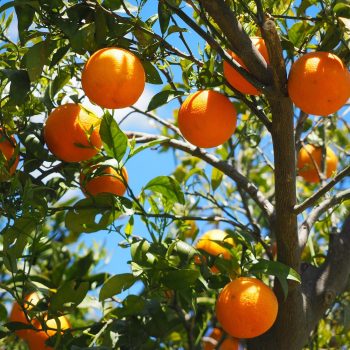
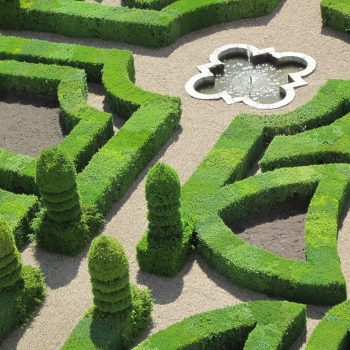
Renaissance Gardens
Italy housed the first known orangery in the 1500s. From then, they were built separate from the home and resembled what we now know as a summer house.
Across the next two centuries, orangeries appeared in Germany, France, Holland, Spain and the UK.
The British Orangery
Furthermore, these orangeries were large luxurious buildings that represented the owners class and wealth. Orangeries were mainly found in the gardens of palaces, stately homes and land owned by royalty.
Moreover, glass was expensive back then. Hence, orangeries were south-facing to capture natural light through their small windows. Sometimes, installing fireplaces and stoves would provide heat to the tropical trees – but the fumes would kill the plants, making the orangery ineffective.
Later, hot water pipes beneath the floor leading to fountains within the orangery would provide the heat the plants needed.
Famous Orangeries
- Kew Gardens, now a Grade I listed building and being used as a restaurant
- Kensington Palace, built for Queen Anne in 1704 and now a restaurant
- Ham House, now owned by the National Trust and open to the public as a cafe
- Margam Park in Wales, the longest orangery in Britain
- Versailles Orangery in France, which is still in use, protecting exotic plants in the winter
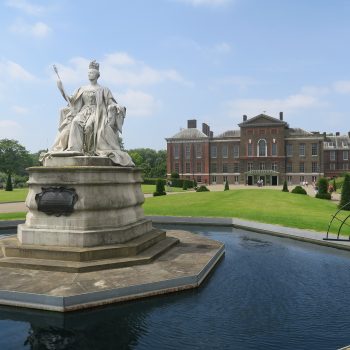
The Modern-Day Orangery
Nowadays, the orangery is a desirable addition to any home. Moreover, it offers a modern and contemporary extension option that can suit the homeowner’s requirements.
Furthermore, they offer multiple uses and open up homes, allowing their occupants to enjoy natural light within their extension.
Click here to read more about our orangeries.





